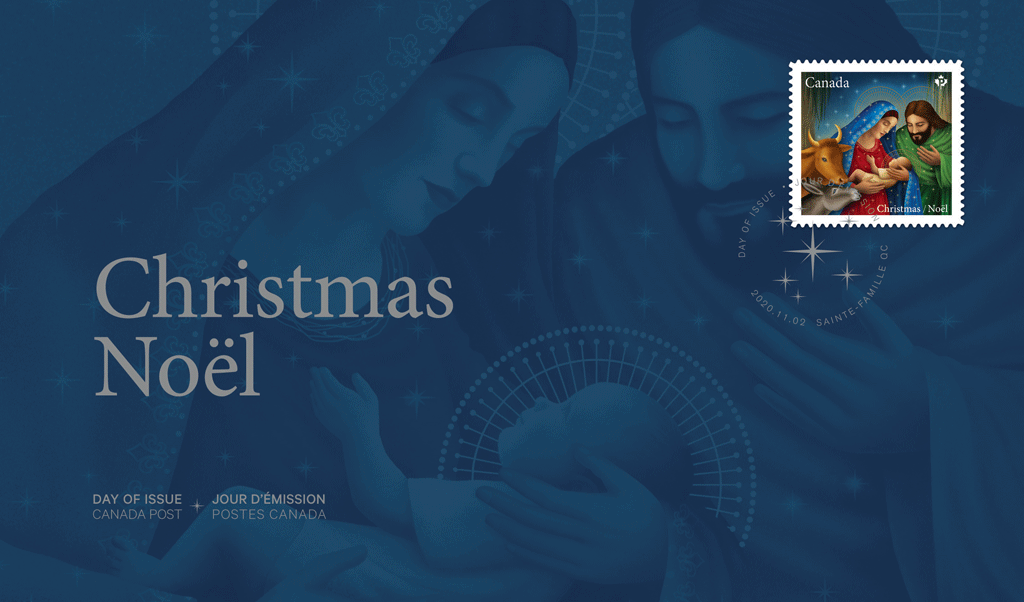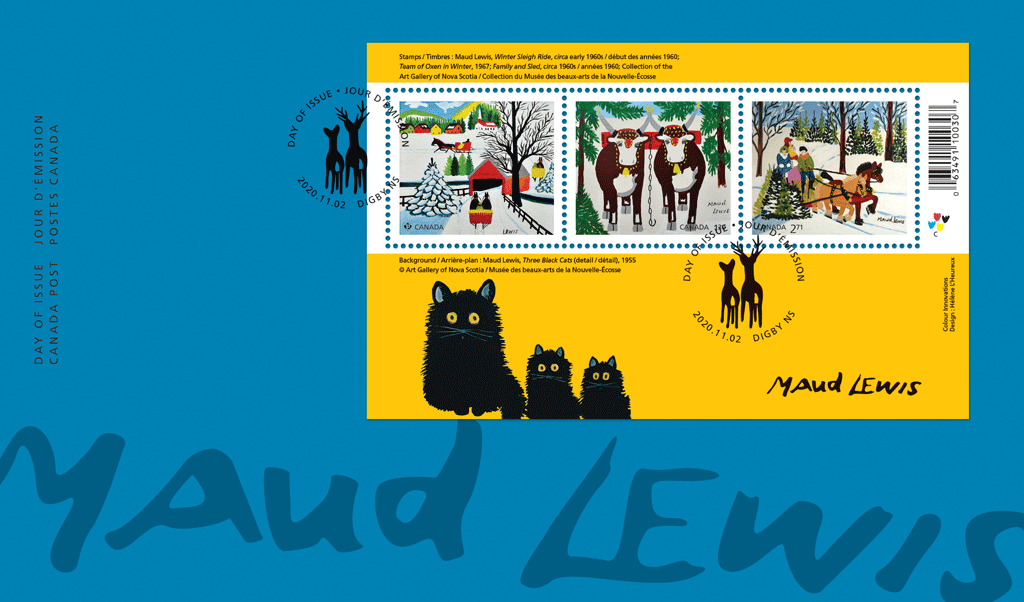Nothing has been announced, but if past practice holds, a new large-format Priority Mail stamp will be issued for this rate on Sunday, January 24, 2021, the date the rate goes into effect. There will not be a first day ceremony and in-person cancellations will be hard to obtain.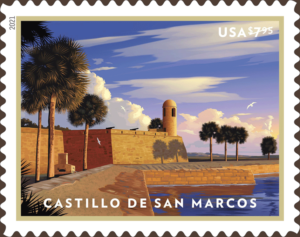
Updated December 26th:
Linn’s Stamp News reports in its January 11th edition (online December 26th) that this $7.95 stamp will feature the Castillo de San Marcos, located in St. Augustine, FL. It will be the 25th in the “American Landmark” series of “shipping rate” stamps.
From its official website, “Built by the Spanish in St. Augustine to defend Florida and the Atlantic trade route, Castillo de San Marcos National Monument preserves the oldest masonry fortification in the continental United States and interprets more than 450 years of cultural intersections.”
From this point on, the most recent entries are at the top.
Updated January 29th:
Technical Specifications:
Issue: Castillo de San Marcos Stamp
Item Number: 121300
Denomination & Type of Issue: $7.95 Priority Mail® Rate
Format: Pane of 4 (1 design)
Series: N/A
Issue Date & City: January 24, 2021, St. Augustine, FL 32084
Art Director: Greg Breeding, Charlottesville, VA
Designer: Greg Breeding, Charlottesville, VA
Artist: Dan Cosgrove. Chicago, IL
 Modeler: Joseph Sheeran
Modeler: Joseph Sheeran
Manufacturing Process: Offset, Microprint
Printer: Ashton Potter (USA) Ltd. (APU)
Press Type: Muller A76
Stamps per Pane: 4
Print Quantity: 5,500,000 stamps
Paper Type: Nonphosphored Type III, Block Tag
Adhesive Type: Pressure-sensitive
Colors: Black, Cyan, Magenta, Yellow
Stamp Orientation: Horizontal
Image Area (w x h): 1.42 x 1.085 in/36.068 x 27.559 mm
Overall Size (w x h): 1.56 x 1.225 in/39.624 x 31.115 mm
Full Pane Size (w x h): 4.12 x 3.45 in/104.648 x 87.63 mm
Plate Size: 168 stamps per revolution
Plate Number: “P” followed by four (4) single digits
Marginal Markings:
Front: Plate number in two corners of pane
Back: ©2020 USPS • USPS Logo • Barcode (121300) printed behind each stamp • Plate position diagram (7) • Promotional text
Updated January 6th:
Here is the Digital Color first-day Postmark for this issue: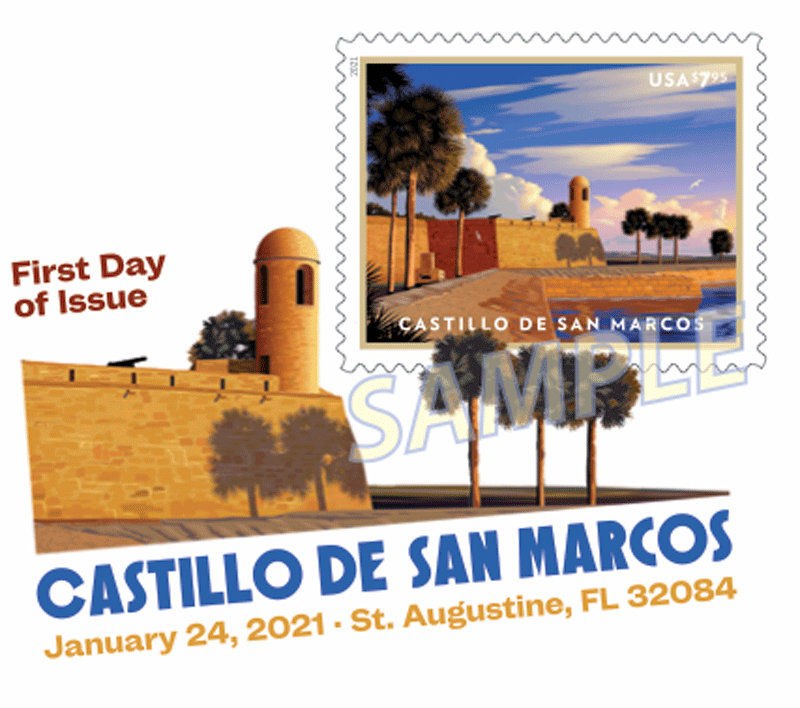 It measures 2.68″ x 1.61″. The “standard killerbar” (“FIRST DAY OF ISSUE”) postmark will also be offered.
It measures 2.68″ x 1.61″. The “standard killerbar” (“FIRST DAY OF ISSUE”) postmark will also be offered.
Note: Because of the high denomination, there is no minimum number requirement for cancellations submitted to Cancellation Services.
Updated December 31st from the Postal Bulletin:
On January 24, 2021, in St. Augustine, FL, the United States Postal Service® will issue the Castillo de San Marcos Priority Mail® stamp in one design, in a pressure-sensitive  adhesive (PSA) pane of four stamps (Item 121300). This stamp will go on sale nationwide January 24, 2021, and must not be sold or canceled before the first-day-of-issue.
adhesive (PSA) pane of four stamps (Item 121300). This stamp will go on sale nationwide January 24, 2021, and must not be sold or canceled before the first-day-of-issue.
The latest Priority Mail stamp celebrates the oldest masonry fortification in the United States, the Castillo de San Marcos, in St. Augustine, Florida. The stamp art features a digital illustration of the fortress based on a contemporary photograph. With a view toward the northeast corner of the fortress, the artwork captures it in the golden glow of sunrise over Matanzas Bay. Art director Greg Breeding designed the stamp with art created by Dan Cosgrove.
No automatic distribution for tem 121300, $7.95 Castillo de San Marcos Priority Mail PSA Pane of Four
How to Order the First-Day-of-Issue Postmark:
Customers have 120 days to obtain the first-day-of-issue postmark by mail. They may purchase new stamps at their local Post Office™ or at The Postal Store® website at usps.com/shop. They must affix the stamps to envelopes of their choice, address the envelopes (to themselves or others), and place them in a larger envelope addressed to:
FDOI – Castillo de San Marcos Stamp
USPS Stamp Fulfillment Services
8300 NE Underground Drive, Suite 300
Kansas City, MO 64144-9900
After applying the first-day-of-issue postmark, the Postal Service™ will return the envelopes through the mail. There is no charge for the postmark up to a quantity of 50. There is a 5-cent charge for each additional postmark over 50. All orders must be postmarked by May 24, 2021.
Technical Specifications are not yet available. 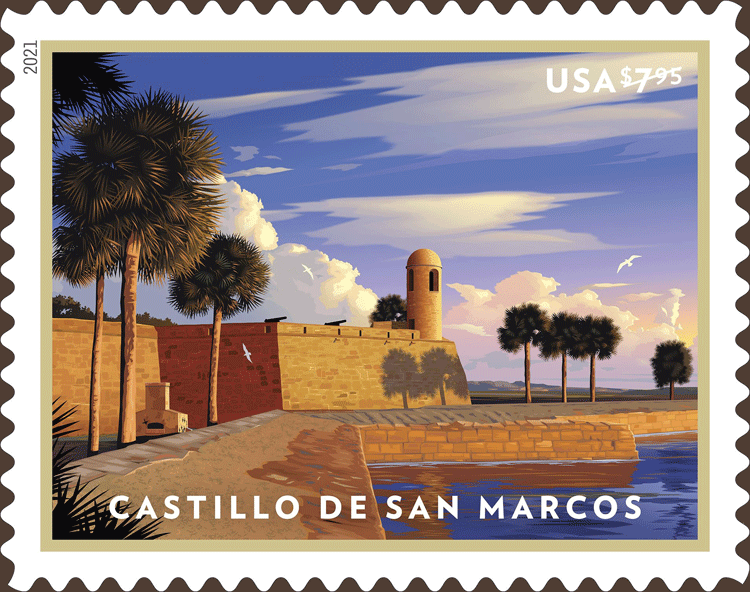

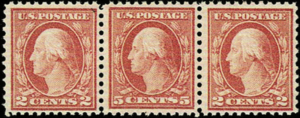 The EFOCC was founded in 1986 in recognition of the fact that collecting printing varieties had become its own specialty, not just adding odd stamps to a normal collection. The international membership is made up of collectors who seek EFOs to make their country album more interesting, and collectors who enjoy studying production methods and the philatelic material that results when it doesn’t work properly.
The EFOCC was founded in 1986 in recognition of the fact that collecting printing varieties had become its own specialty, not just adding odd stamps to a normal collection. The international membership is made up of collectors who seek EFOs to make their country album more interesting, and collectors who enjoy studying production methods and the philatelic material that results when it doesn’t work properly.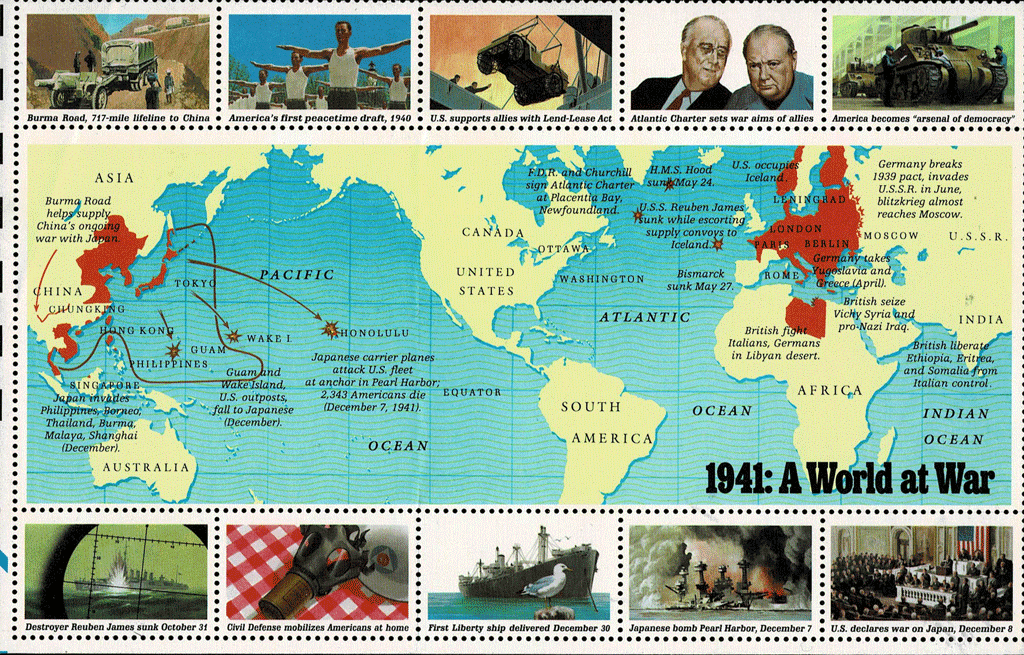
 Take a look at the 1941 sheet. Do you notice anything wrong? I’m reading a book now titled
Take a look at the 1941 sheet. Do you notice anything wrong? I’m reading a book now titled 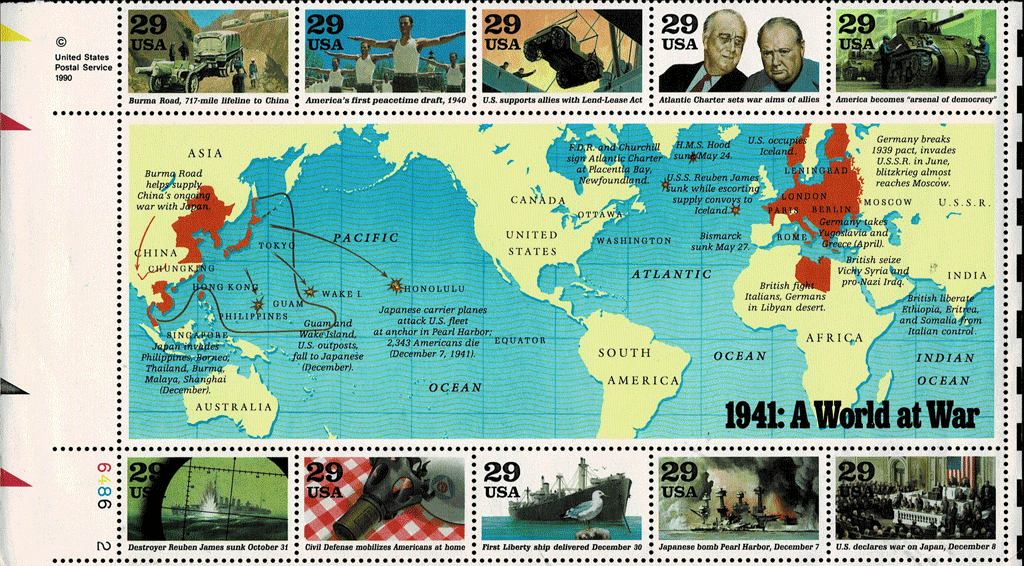
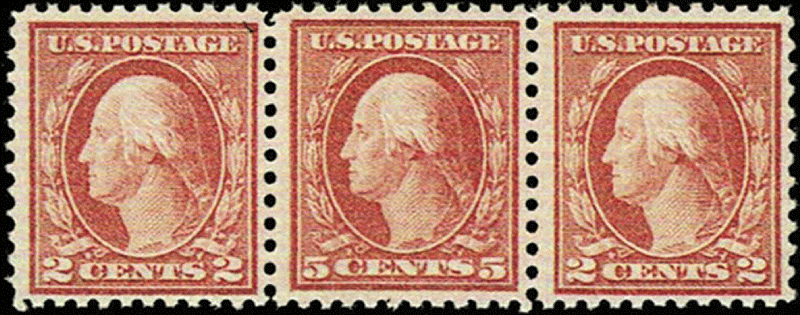 You can go through tens of thousands of these cheap stamps and not find one, but if you do, you will be well rewarded as the catalogue value for a used single is $600.
You can go through tens of thousands of these cheap stamps and not find one, but if you do, you will be well rewarded as the catalogue value for a used single is $600.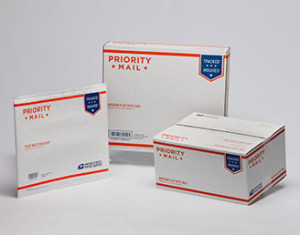 The proposed prices, approved by the Postal Service Governors, would raise Shipping Services product prices approximately 3.5 percent for Priority Mail service, and 1.2 percent for Priority Mail Express service. Shipping Services price increases vary by product. Although Mailing Services price increases are based on the consumer price index, Shipping Services prices are primarily adjusted according to market conditions. The Governors believe these new rates will keep the Postal Service competitive while providing the agency with needed revenue.
The proposed prices, approved by the Postal Service Governors, would raise Shipping Services product prices approximately 3.5 percent for Priority Mail service, and 1.2 percent for Priority Mail Express service. Shipping Services price increases vary by product. Although Mailing Services price increases are based on the consumer price index, Shipping Services prices are primarily adjusted according to market conditions. The Governors believe these new rates will keep the Postal Service competitive while providing the agency with needed revenue.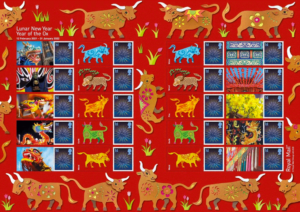 Lunar New Year of the Ox Generic Sheet with 20 First Class Smilers stamps featuring fireworks images. [Larger version below]
Lunar New Year of the Ox Generic Sheet with 20 First Class Smilers stamps featuring fireworks images. [Larger version below]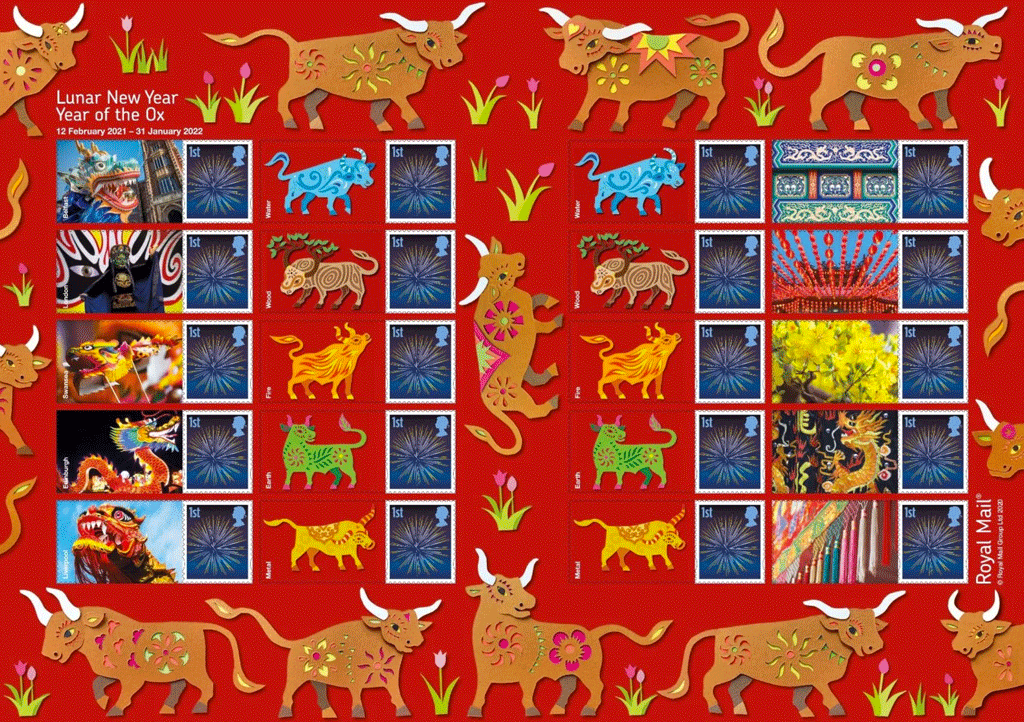
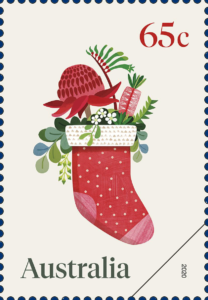 al and secular themes.
al and secular themes.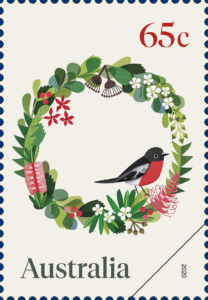 65c Wreath (secular)
65c Wreath (secular)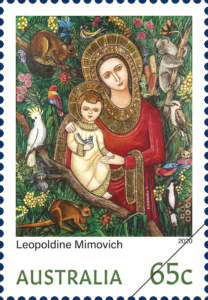 Paper: gummed: Tullis Russell
Paper: gummed: Tullis Russell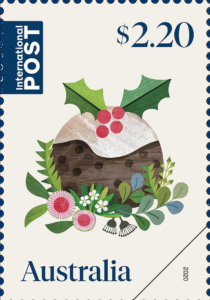
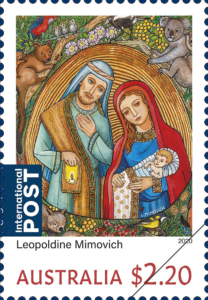
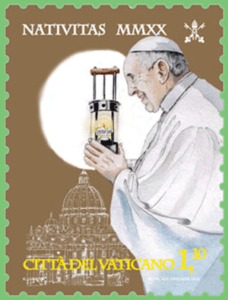 The Light of Peace from Bethlehem is the inspiring theme of the Vatican issue dedicated to Christmas 2020, including, in addition to the traditional stamps and booklet, also a leaflet in joint issue with Austria. In the Church of the Nativity in Bethlehem there is an oil lamp that has been burning perpetually for many centuries, fueled by oil donated in turn by all the Christian nations of the earth. Every year in December, just before Christmas, a child selected from among the Austrian scout groups for his particular commitment in the social field, draws from that flame is the light that will be spread throughout the planet as a symbol of peace and brotherhood among peoples, placing it near the nativity scenes of families and churches. This tradition began in 1986 as part of the
The Light of Peace from Bethlehem is the inspiring theme of the Vatican issue dedicated to Christmas 2020, including, in addition to the traditional stamps and booklet, also a leaflet in joint issue with Austria. In the Church of the Nativity in Bethlehem there is an oil lamp that has been burning perpetually for many centuries, fueled by oil donated in turn by all the Christian nations of the earth. Every year in December, just before Christmas, a child selected from among the Austrian scout groups for his particular commitment in the social field, draws from that flame is the light that will be spread throughout the planet as a symbol of peace and brotherhood among peoples, placing it near the nativity scenes of families and churches. This tradition began in 1986 as part of the 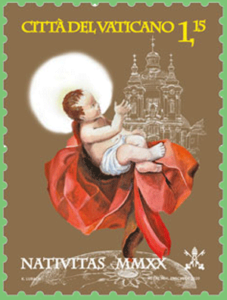 Christmas charity initiative “Licht ins Dunkel” – Light in the darkness – organized by the Austrian radio and television broadcaster ORF in Linz and aimed to the collection of spontaneous offers in support of disabled children, socially marginalized, but also of needy foreigners.
Christmas charity initiative “Licht ins Dunkel” – Light in the darkness – organized by the Austrian radio and television broadcaster ORF in Linz and aimed to the collection of spontaneous offers in support of disabled children, socially marginalized, but also of needy foreigners. Stamp format: 30 x 40 mm
Stamp format: 30 x 40 mm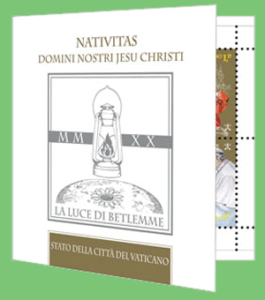
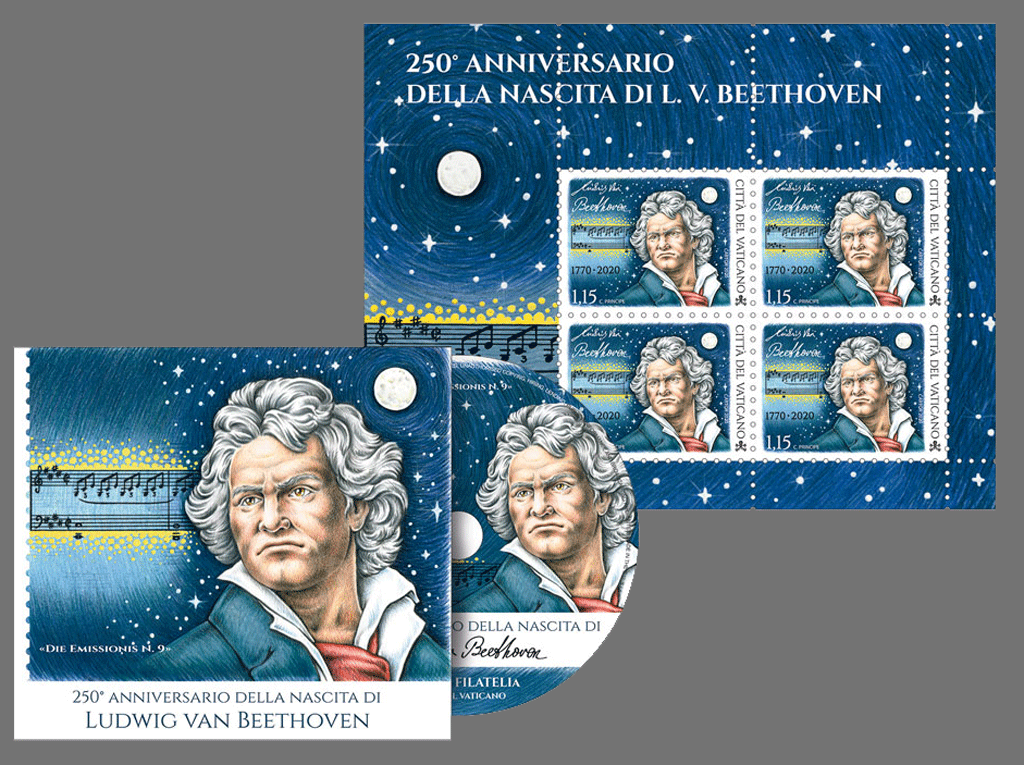
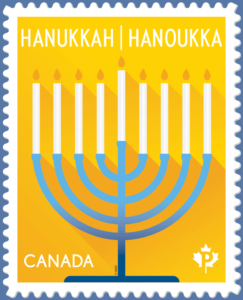 TORONTO – On November 5, Canada Post issued a new commemorative stamp to mark Hanukkah – the Jewish Festival of Lights. The eight-day celebration begins at nightfall on the 25th day of Kislev in the Hebrew calendar, this year December 10. The stamp is available in advance, so Canadians can use it to send holiday greetings.
TORONTO – On November 5, Canada Post issued a new commemorative stamp to mark Hanukkah – the Jewish Festival of Lights. The eight-day celebration begins at nightfall on the 25th day of Kislev in the Hebrew calendar, this year December 10. The stamp is available in advance, so Canadians can use it to send holiday greetings.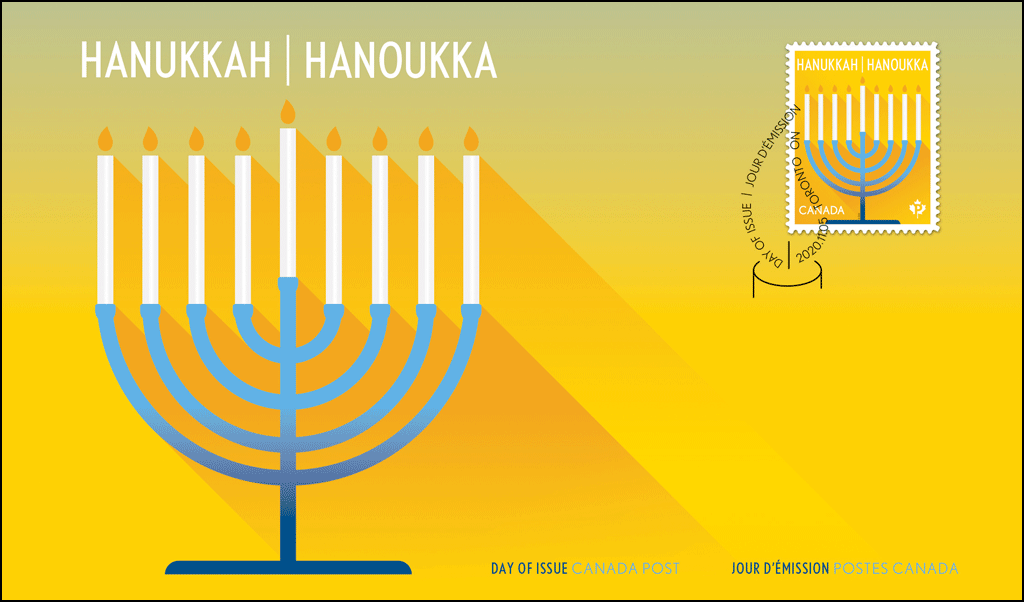

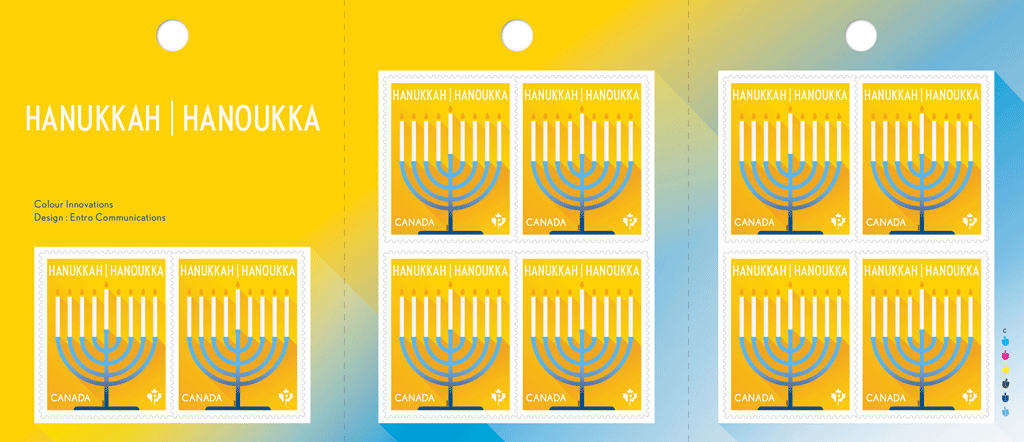
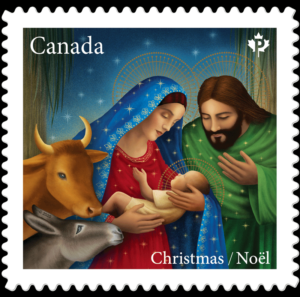 issues to help Canadians make their cards and letters more festive. Once again this year, Canadians can make their mail merrier with their choice of stamps bearing either sacred or secular holiday imagery.
issues to help Canadians make their cards and letters more festive. Once again this year, Canadians can make their mail merrier with their choice of stamps bearing either sacred or secular holiday imagery.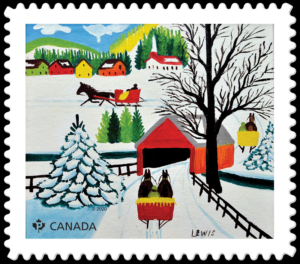 scenes by Canadian folk artist Maud Lewis. Lewis’ earliest works were Christmas cards painted under the guidance of her mother and sold door to door to her neighbours in rural Nova Scotia. This issue features seasonal works from the collection of the Art Gallery of Nova Scotia in Halifax: Winter Sleigh Ride (12-stamp booklet at the Permanent™ domestic rate), Team of Oxen in Winter (six-stamp booklet at the U.S. rate) and Family and Sled (six-stamp booklet at the international rate). A souvenir sheet, depicting Lewis’ whimsical cats, and a souvenir sheet Official First Day Cover, cancelled in Digby, Nova Scotia, round out the issue.
scenes by Canadian folk artist Maud Lewis. Lewis’ earliest works were Christmas cards painted under the guidance of her mother and sold door to door to her neighbours in rural Nova Scotia. This issue features seasonal works from the collection of the Art Gallery of Nova Scotia in Halifax: Winter Sleigh Ride (12-stamp booklet at the Permanent™ domestic rate), Team of Oxen in Winter (six-stamp booklet at the U.S. rate) and Family and Sled (six-stamp booklet at the international rate). A souvenir sheet, depicting Lewis’ whimsical cats, and a souvenir sheet Official First Day Cover, cancelled in Digby, Nova Scotia, round out the issue.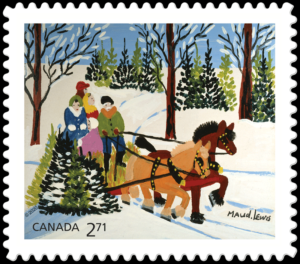 nouveaux jeux de timbres qui égayeront les cartes et les lettres des Canadiens. Cette année encore, ces derniers pourront mettre un peu de joie sur leur courrier des Fêtes avec des timbres consacrés à un thème religieux ou profane.
nouveaux jeux de timbres qui égayeront les cartes et les lettres des Canadiens. Cette année encore, ces derniers pourront mettre un peu de joie sur leur courrier des Fêtes avec des timbres consacrés à un thème religieux ou profane.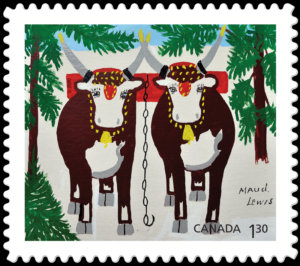 L’Heureux, sont ornés de trois scènes joyeuses de l’artiste folklorique canadienne Maud Lewis. Les premières œuvres de l’artiste sont des cartes de Noël qu’elle peint en suivant les conseils de sa mère et qu’elle vend à des voisins en faisant du porte-à-porte en Nouvelle-Écosse. Cette émission est composée de trois œuvres qui font partie de la collection du Musée des beaux-arts de la Nouvelle-Écosse à Halifax : Winter Sleigh Ride (carnet de 12 timbres PermanentsMC au tarif du régime intérieur), Team of Oxen in Winter (carnet de 6 timbres au tarif des envois à destination des États-Unis) et Family and Sled (carnet de 6 timbres au tarif du régime international). Le bloc-feuillet, présentant une illustration fantaisiste de chats créée par Maud Lewis, et le pli Premier Jour officiel du bloc-feuillet, oblitéré à Digby, en Nouvelle-Écosse, complètent l’émission.
L’Heureux, sont ornés de trois scènes joyeuses de l’artiste folklorique canadienne Maud Lewis. Les premières œuvres de l’artiste sont des cartes de Noël qu’elle peint en suivant les conseils de sa mère et qu’elle vend à des voisins en faisant du porte-à-porte en Nouvelle-Écosse. Cette émission est composée de trois œuvres qui font partie de la collection du Musée des beaux-arts de la Nouvelle-Écosse à Halifax : Winter Sleigh Ride (carnet de 12 timbres PermanentsMC au tarif du régime intérieur), Team of Oxen in Winter (carnet de 6 timbres au tarif des envois à destination des États-Unis) et Family and Sled (carnet de 6 timbres au tarif du régime international). Le bloc-feuillet, présentant une illustration fantaisiste de chats créée par Maud Lewis, et le pli Premier Jour officiel du bloc-feuillet, oblitéré à Digby, en Nouvelle-Écosse, complètent l’émission. 